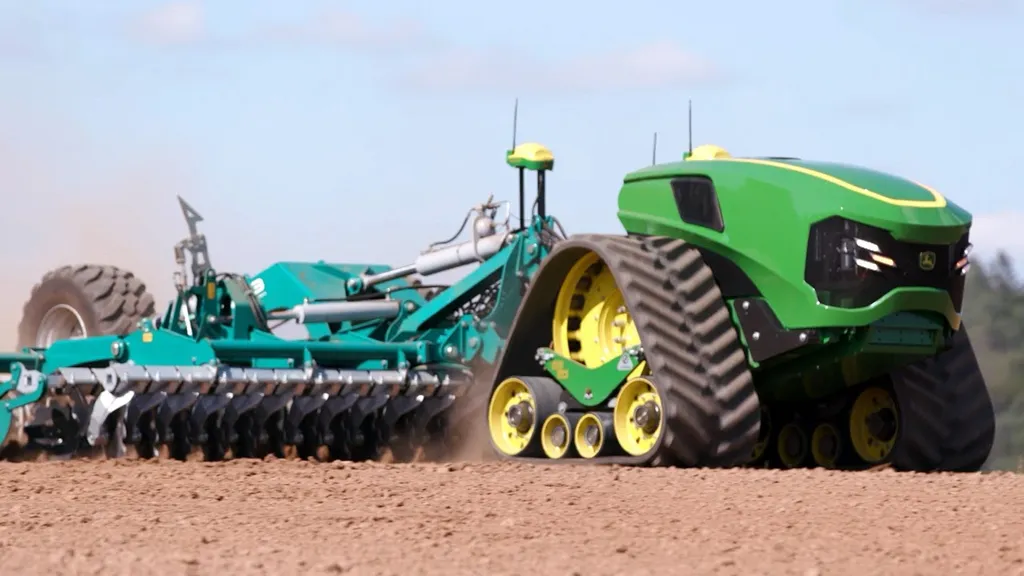In the heart of America’s farmland, a quiet revolution is taking place. Autonomous farming, once a concept relegated to science fiction, is becoming a reality. At the forefront of this shift is Craig Rupp, CEO of Sabanto and a pioneer in autonomous farming. With a fleet of autonomous tractors under his belt, Rupp offers a unique perspective on the practical realities of autonomy in agriculture.
The idea of autonomous vehicles is not new to urban dwellers, accustomed to the sight of robotaxis navigating bustling city streets. Yet, the notion of an autonomous tractor traversing rural roads seems to stir more anxiety. Rupp challenges this apprehension, pointing out the stark contrast between the chaotic environments of cities and the relatively predictable rural landscapes.
Autonomous tractors on public roads are not a futuristic fantasy, but an evolution of existing practices. Farmers routinely move tractors between fields, grain elevators, and other locations. Often, the operators are distracted, engaged in other tasks. Rupp argues that the real risk lies not in autonomy, but in human error, fatigue, and distraction. Autonomy, he suggests, could standardize behavior, eliminate human error, and ultimately, enhance safety.
The biggest pain point during planting and harvest, Rupp explains, is not in-field operation, but transport. Coordinating grain carts, tractors, and trucks is a logistical nightmare, especially when labor is scarce. Autonomous tractors pulling grain carts from field to bin or farm to elevator do not replace people, but fill the gaps when labor is unavailable. This is not about job elimination, but about enabling work to continue when people aren’t available.
Safety concerns often center around the image of a massive tractor barreling down the road out of control. Rupp injects a dose of realism into this fear. Autonomous tractors are slow, geofenced, and monitored. They come equipped with redundant braking, obstacle detection, and remote shutdown capabilities. Compared to a tired operator driving home after a long day, the autonomous machine seems the safer option.
Rupp cautions against letting caution become paralysis. Technology moves faster than regulation, and freezing in place while waiting for the perfect rulebook isn’t always the right answer. Pilots like the RAMP initiative in Kansas show a responsible, measured way to advance the conversation. Starting small, building confidence, and expanding as proven is the model to follow.
The biggest danger, Rupp argues, isn’t what might happen if we deploy autonomous tractors on the road. It’s what won’t happen if we don’t: reduced productivity, missed harvest windows, and rising costs. America has always been at the forefront of agricultural innovation. For autonomy to work, it can’t be confined to the field. If we’re brave enough to let robotaxis drive city streets at rush hour, we can let a tractor crawl down a gravel road at sunrise. The road is ready. The question is, are we?

